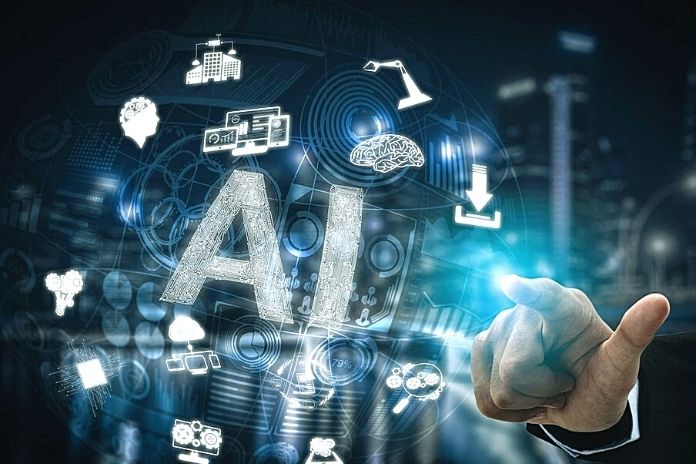The basis of the IIoT is sensors: They determine and transmit machine data such as temperature, vibration, or energy consumption. The enormous amounts of data and real-time aspects sometimes require the data to be recorded and interpreted directly on the machine before the evaluation results are transferred to the cloud. Other decisions can be made based on this data.
For example, the measured values are forwarded with the IO-Link protocol for a retrofit through a so-called edge gateway (i.e., a micro-computing center on the machine) at the edge of the network and then forwarded to the cloud via the Internet. The use of AI is then the next logical step in optimizing production. AI is aimed at manufacturers and, above all, at manufacturers of machine tools and industrial systems.
Pattern Recognition With Machine Learning
These companies have recently started to network their devices and connect them to the IoT with an Edge Gateway. Many AI applications for industry work with it to take advantage of the local network’s short response times and process large amounts of data. The gateway then only sends analysis results to the cloud. Since some solutions require more considerable IT resources, there are also AI scenarios with a high proportion of cloud computing.
Machine learning is an essential element of artificial intelligence. The basic principle: AI recognizes patterns and correlations in the data and assigns them to specific categories thanks to adaptive algorithms. So that this succeeds, the artificial intelligence is trained with pre-categorized data – for example, machine states.
With this machine learning, discrepancies can be detected based on sensor data. They become visible, for instance, through unusual temperatures, fluctuations in power consumption, or noticeable vibrations. Machine learning models recognize these features and associated trends in the plant before they trigger a fault.
Also Read: Five Design Principles For More IoT Security
Detect Anomalies And Calculate Set-Up Times
Based on this anomaly detection, countermeasures can be initiated automatically. A further expansion of this process of so-called condition monitoring of industrial machines leads to predictive maintenance. With this predictive maintenance, there are no longer any fixed intervals for maintenance. The AI application constantly monitors the devices and alerts operators to deviations from expected values that indicate a future malfunction.
Only then is a technician deployed. That saves time and personnel costs. The technology offers further potential for optimized set-up times. Machine learning models can better understand the relationships between previous use and the effort for conversion, configuration, and loading with new raw material. The system calculates the shortest possible changeover time for the machines and thus avoids unnecessary downtime. This enables a producer to utilize his methods optimally.
Plan Material Flow And Optimize Transport
The detailed planning and real-time control of the material flow are just as interesting for manufacturers. To do this, the AI application evaluates information about machines and employees. This includes, among other things, the operating speed of the devices, options for machine occupancy, the shift sequence of employees, and their work performance. The optimized planning specifies exactly when which machines have to be equipped with which quantities of material.
Artificial intelligence can also be used for further optimization in industrial production. For example, a supplier to the automotive industry uses AI to improve its products’ packaging for transport. Euro pallets are stocked so that the transport volume and quantity per customer are adapted to the transport capacity of the delivery vehicles. Because the available book is now better used per truck, the transport costs are reduced.
Implementation In Three Steps
Solutions of this kind are implemented in three steps:
First And Foremost Is An Analysis Of The Existing Data
The company needs to know which data fits the AI scenario and whether additional sensors are necessary. The processes must also be put to the test; they must be suitable for automation. The company should also define specific goals and measurable specifications for AI so that the project’s success can be determined more quickly.
And finally, a physical model of the system must be developed on which the data analysis is based. Pure data analysis without knowledge of the application itself does not provide any usable results.
In The Second Step, The Machine Learning Model Is Trained
Historical data is used as a basis, which is split into two parts. The more significant amount of data serves as an example of the training. The trained model is checked with the minor part.
Finally, The Third Step Is To Roll Out The Solution As A Managed Service
Including administration and support.
Industry 4.0 Needs The Technology Mix Of IIoT And AI
The development and operation of AI solutions require particular know-how that is not readily available in many medium-sized companies.
Also Read: Artificial Intelligence In Compliance: 3 Fields Of Application

